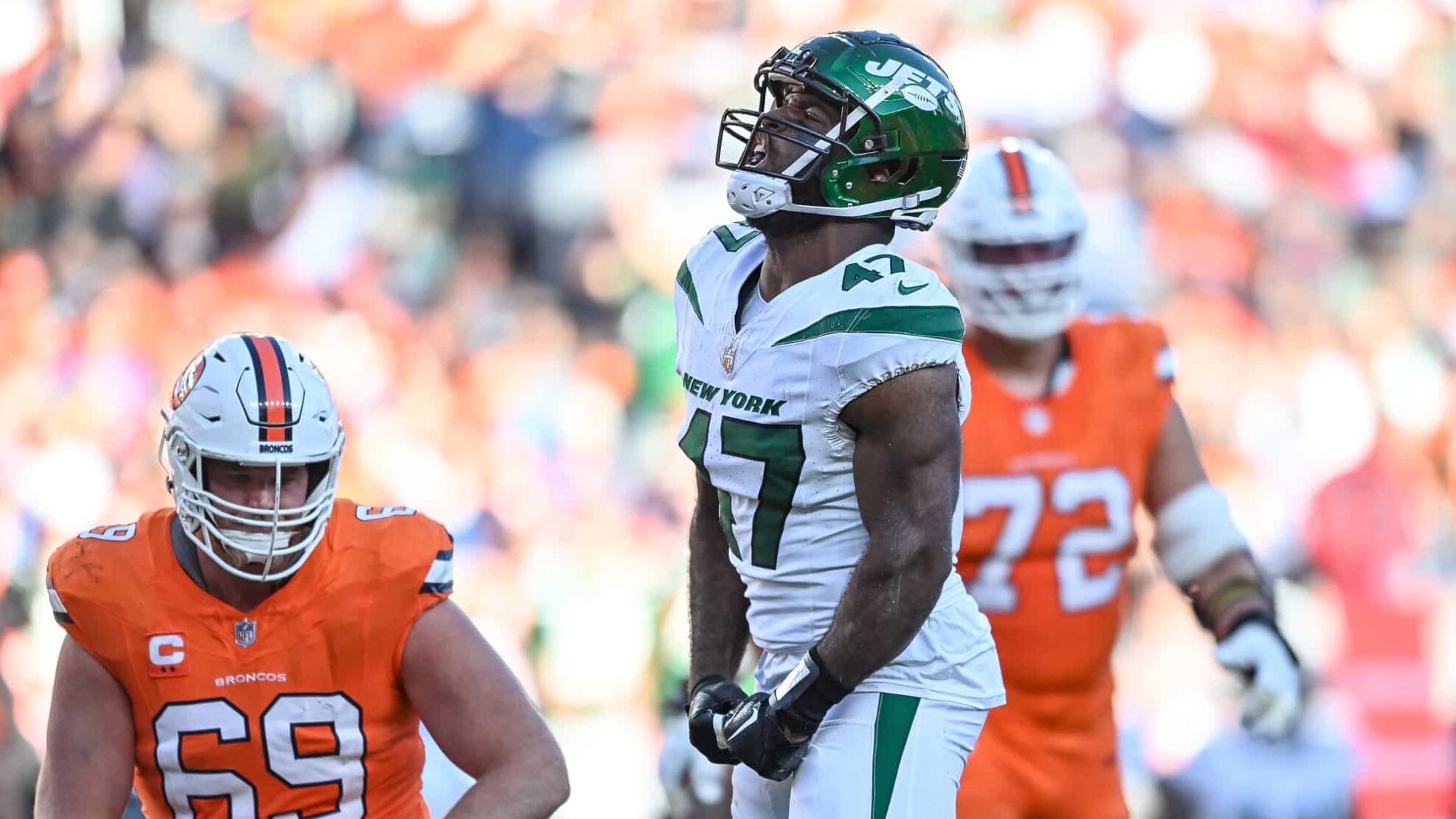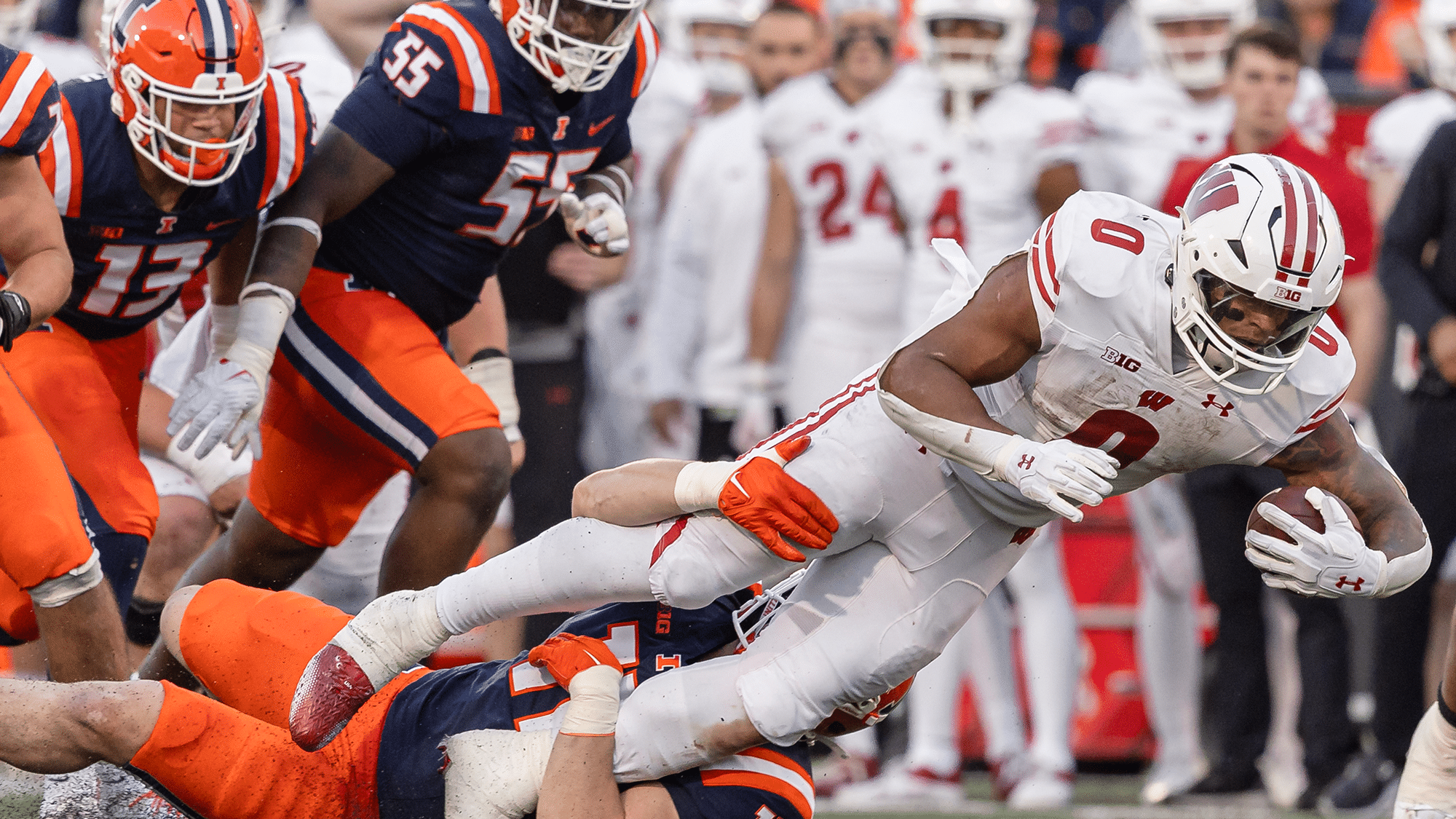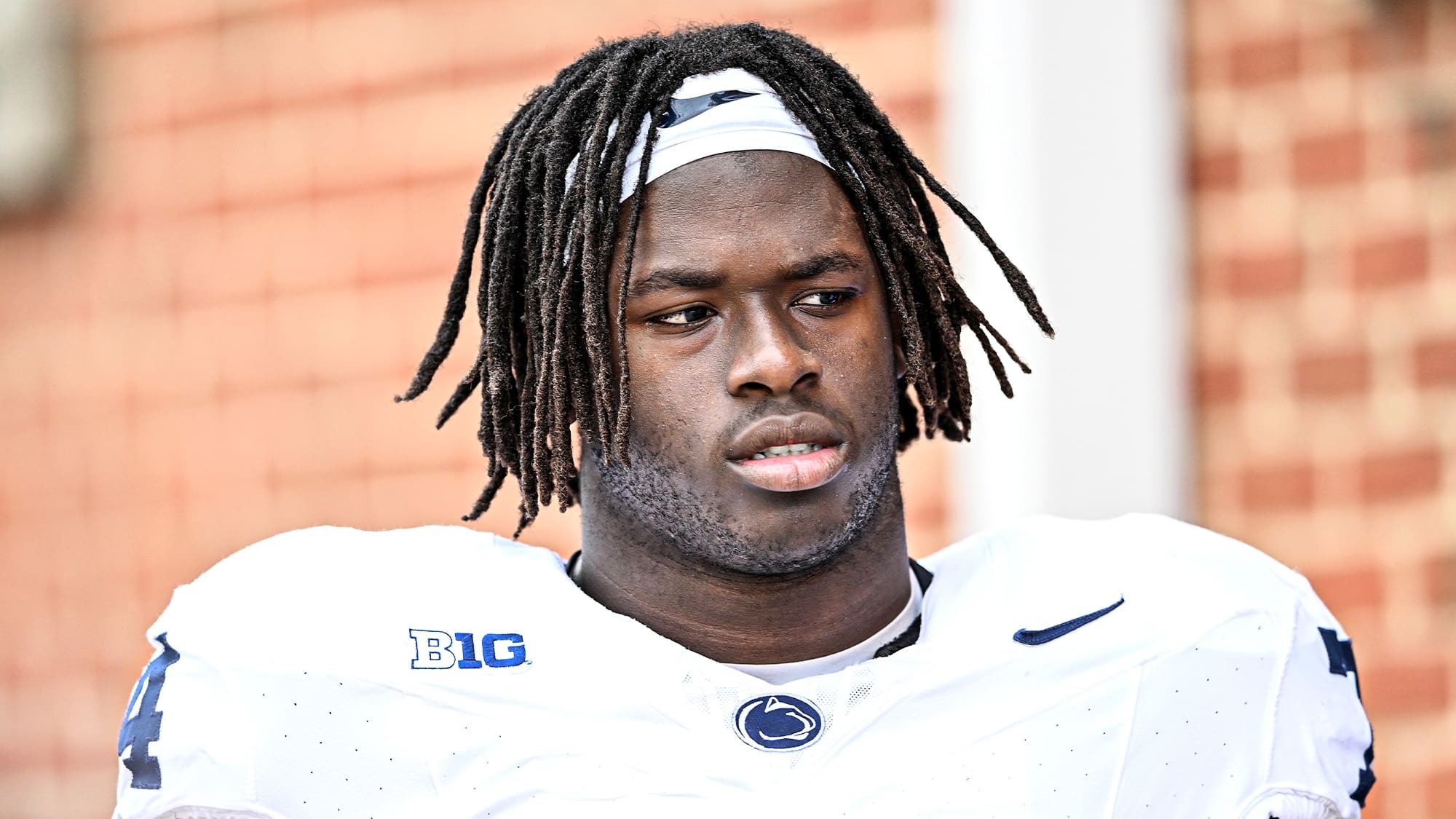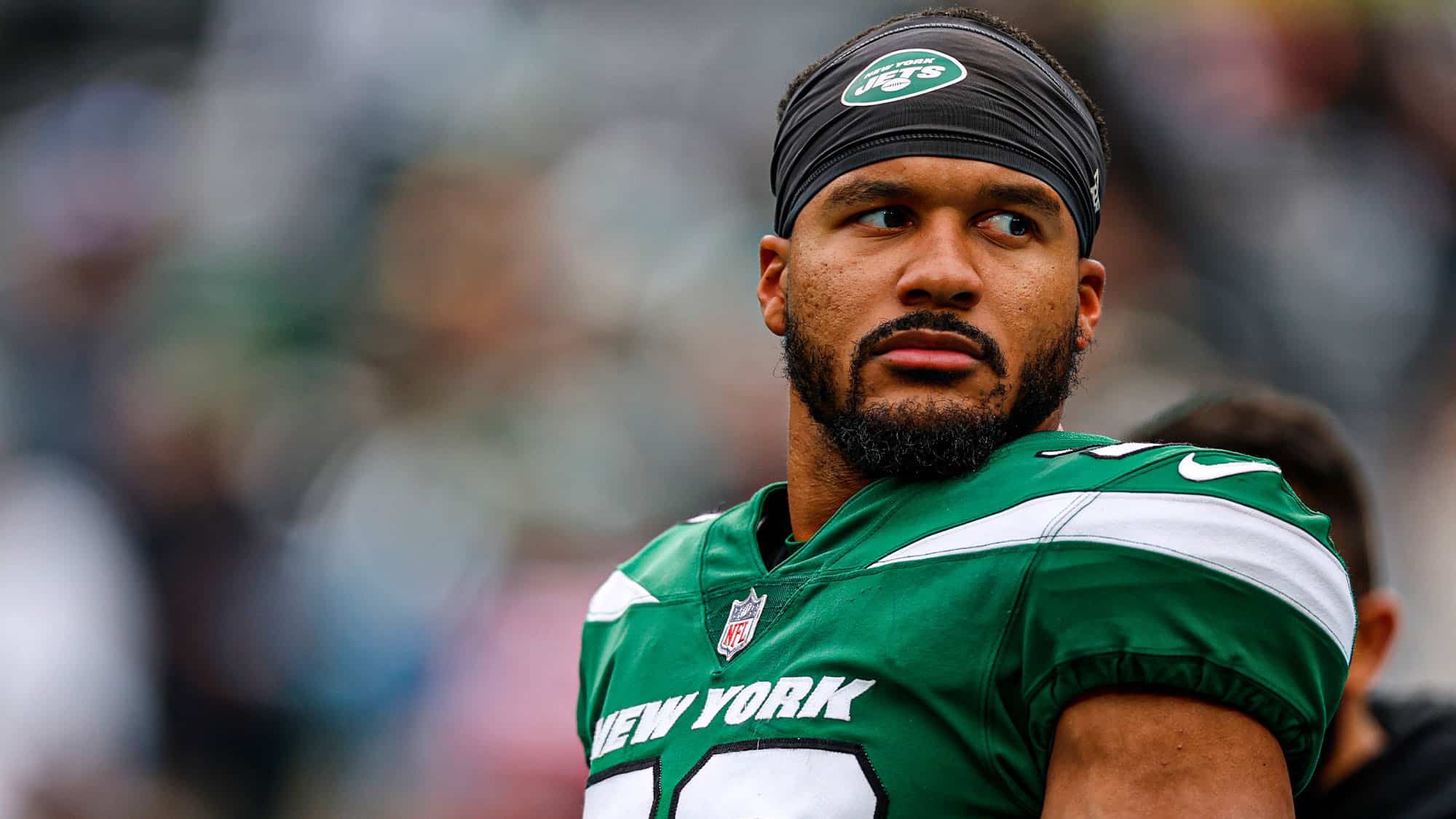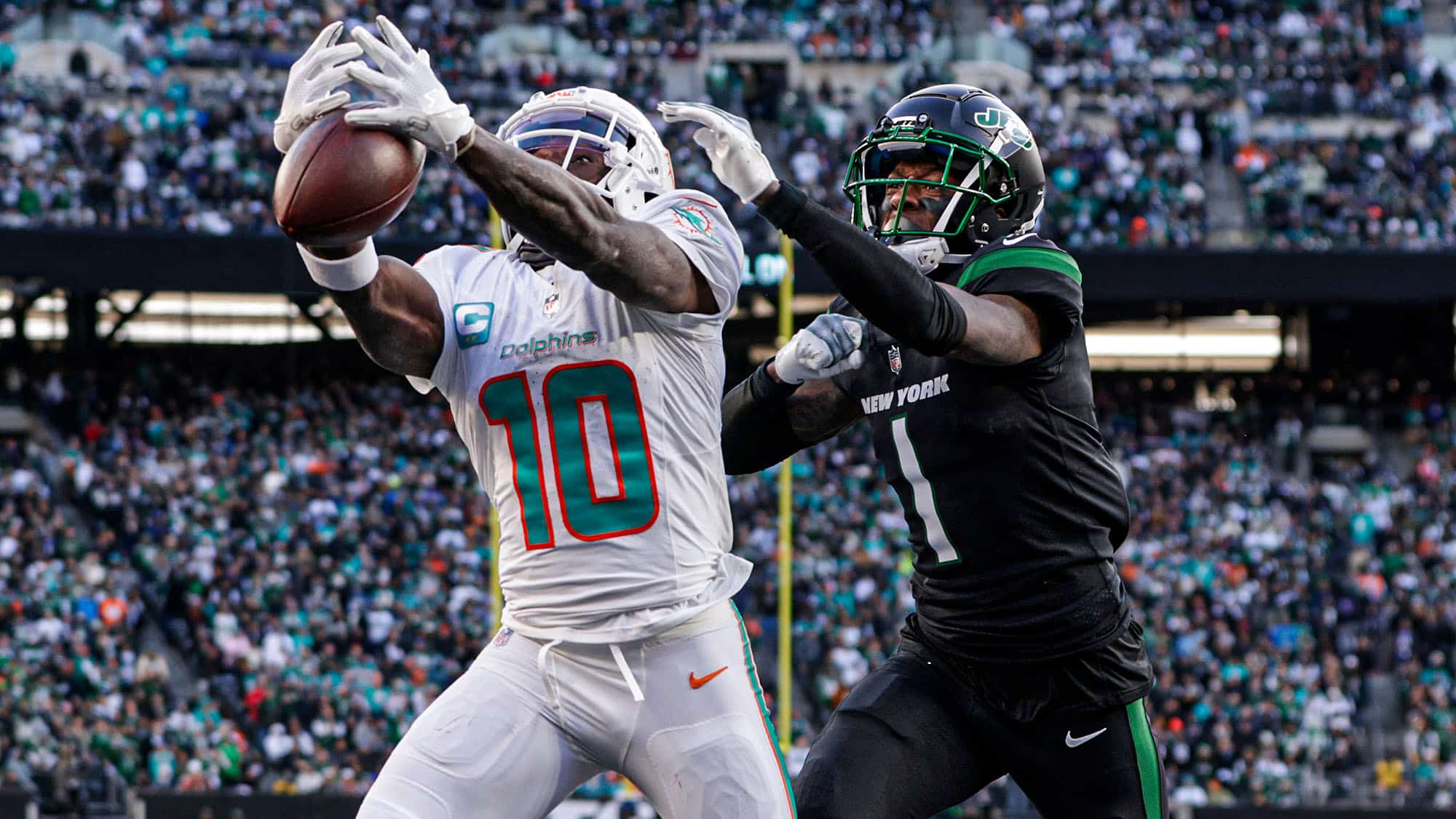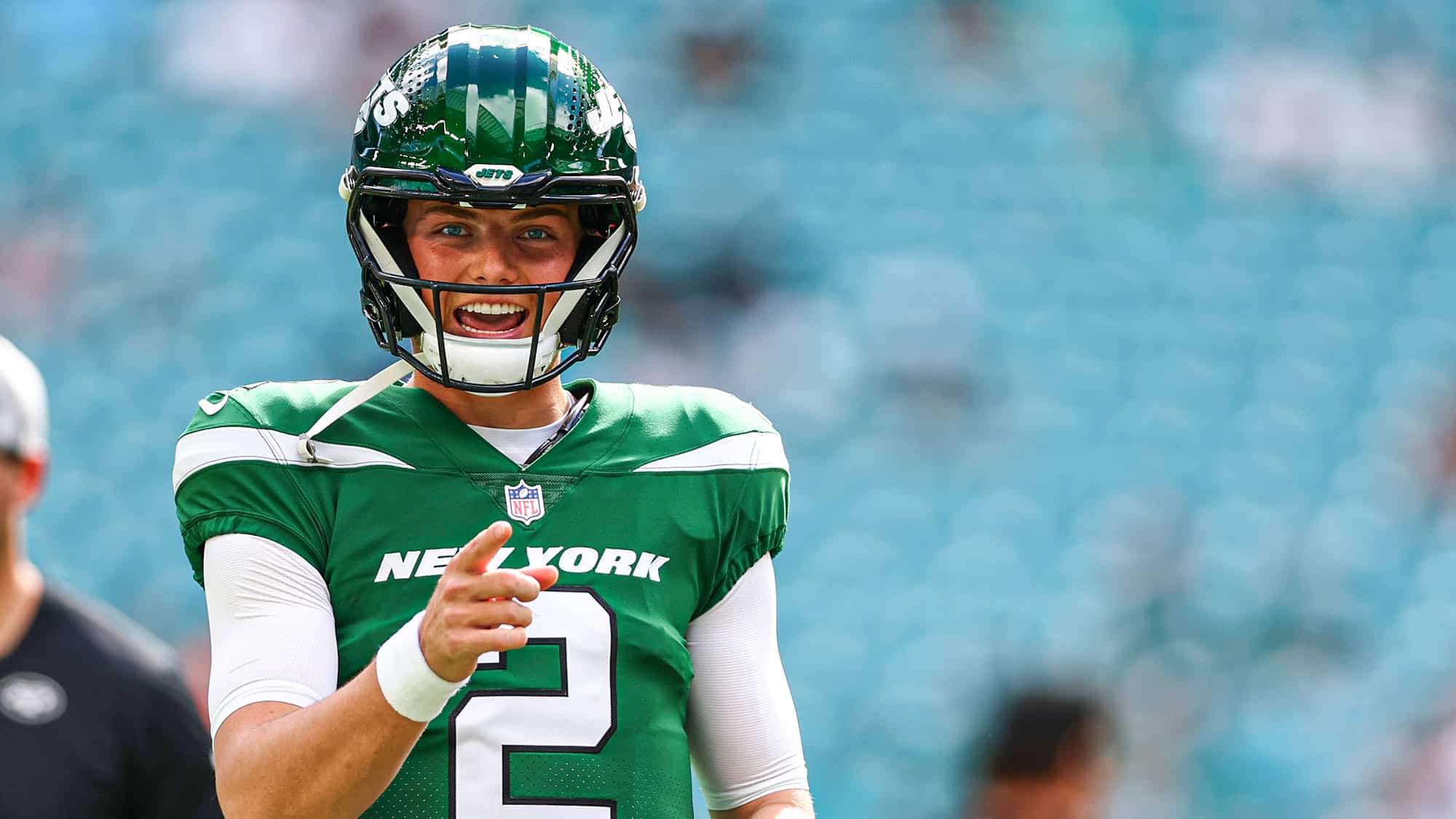One key replacement should happen on the New York Jets’ defensive line
Amid a slew of New York Jets offensive discussions, one defensive decision looms large: what will the team do with Bryce Huff?
Jets fans are beginning to resign themselves to the fact that Huff might not be back. He insisted that he plans on going to a team that will utilize him full-time and pay him the most money. That team does not appear to be the Jets.
Still, Robert Saleh and Jeff Ulbrich can choose to value Huff as fans do. There’s a reasonable way to do it, both financially and playing-time-wise. It can actually give the Jets significant cap relief in 2024.
All the Jets must do is trade John Franklin-Myers — a move they seemingly set up when they first signed his contract.
Financial impact
If the Jets trade Franklin-Myers before June 1, they can save $9.1 million in cap space with $7.3 million in dead cap. This would free up some space for Huff’s contract if the team so chose. Because the Jets are trying to compete for a title in 2024 and 2025, they would likely structure Huff’s contract with lower cap hits in those seasons. If his 2024 cap hit was less than $9.1 million, the Jets would save some space by making this move.
Of course, trading Franklin-Myers after June 1 is the better cap-easing move. In that case, the Jets would lose just $2.5 million in dead cap with $13.9 million in cap savings. However, it would be difficult for the Jets to carry both Huff and Franklin-Myers and remain under the cap.
Furthermore, waiting to trade Franklin-Myers would not net them 2024 draft capital, which they need. His inside-outside versatility and strong play from both positions could net a solid draft return — possibly a third-rounder.
The loss
The two biggest issues for the Jets would be the loss of Franklin-Myers’ two biggest strengths: his edge-setting and interior pass rush. From 2021-23, Franklin-Myers has played roughly two-thirds of his snaps from the edge and the other one-third from the interior on obvious passing downs, thereby maximizing those two abilities.
Edge run defense
With Franklin-Myers on the field in 2023, the Jets allowed 4.0 yards per carry, -0.095 EPA per carry, and a 37% success rate. Without him, they allowed 4.39 yards per carry, -0.078 EPA per carry, and a 36.8% success rate. While the difference is not vast, it’s evident.
Meanwhile, the Jets would be replacing Franklin-Myers as a starting EDGE with Huff. The run splits when Huff was on and off the field were much more dramatic.
- With Huff: 5.5 yards per carry, 0.147 EPA per carry, 43.4% success rate
- Without Huff: 3.66 yards per carry, -0.178 EPA per carry, 34.4% success rate
Yikes. That difference is colossal. It would appear to indicate that the Jets knew what they were doing when they kept Huff off the field on rushing downs. Still, if they want his pass rush impact, that’s the tradeoff they’ll make.
Interior pass rush
According to NFL Next Gen Stats, Franklin-Myers was not nearly as effective as a pass rusher from the interior in 2023 as in previous seasons. Among 144 defenders with at least 95 pass rush snaps from the interior, Franklin-Myers’ 8.2% pressure rate ranked 55th. While that’s still above average among that qualifier group, it’s exactly at the average for 73 starting interior defenders (min. 225 pass rush snaps).
For reference, Quinton Jefferson had an 11.7% pressure rate. Therefore, the Jets may have benefited more from keeping Jefferson on the field in obvious passing situations than from moving Franklin-Myers inside. That should not be the Jets’ primary concern in deciding whether to keep Franklin-Myers or Huff.
Huff in, Franklin-Myers out
If the Jets keep Huff instead of Franklin-Myers, here’s how they can configure their defensive line. This assumes that they re-sign Jefferson and Solomon Thomas and also acquire a run-stuffing defensive tackle, whether re-signing Al Woods or signing (or drafting) someone else.
Interior
In the games they played, here are the splits of the Jets’ interior defenders from 2023.
- Quinnen Williams: 69%
- Jefferson: 49%
- Thomas: 43%
- Franklin-Myers: 17.5%
- Woods: 32%
Assuming they keep Huff and trade Franklin-Myers, the Jets will need to replace 17.5% of their interior snaps and 37.1% of their edge snaps. They already have most of the personnel to do so.
Removing Jefferson from the lineup in favor of Franklin-Myers on passing downs seems like it was a counterproductive move in 2023. Theoretically, the Jets can simply have Jefferson play all of Franklin-Myers’ snaps on the interior, thereby increasing to a 66.5% workload. However, Jefferson plays too poorly against the run for that, and his playing time already increased when Al Woods went down.
Still, the Jets can bump Jefferson up slightly to 55% and then sign someone else to replace Woods’ role with a slightly higher snap count. If they can get someone who is not quite as futile as a pass rusher, having another defensive tackle with 40% of the snaps is not unreasonable.
Edge
- Jermaine Johnson: 66%
- Huff: 42%
- Franklin-Myers: 37.1%
- Micheal Clemons: 35%
- Will McDonald: 19%
Replacing Franklin-Myers’ snap count along the edge is simple with the players the Jets already have. They can bump Huff up to around 56% and McDonald to 42%. This would cover the necessary 31%. The Jets will likely sign or draft another backup edge rusher to replace Carl Lawson, which could trim some of the snaps from either of those players.
This plan would give Huff the snaps he wants and deserves and allow McDonald to have an increased role in Year 2.
What about run defense?
Trading Franklin-Myers definitely leaves a huge gap in the Jets’ run defense, already a below-average unit. Statistically, Huff certainly contributes to that run defense deficiency.
Still, in today’s NFL, pass rush is king. Perhaps the Jets should try to sign a somewhat more expensive every-down defensive tackle rather than re-couping Jefferson, as dominant as he is. Along the edge, Huff is more of a game-changer than Franklin-Myers. Next Gen Stats charted Huff with a 21.8% pressure rate and 10 sacks, which is nearly irreplaceable.
As much as the Jets hope for a leap from McDonald, there are simply no guarantees. Even if the Jets had drafted Micah Parsons, there is no way for them to know that they’ll be able to replace a top-three edge rusher in the NFL. Such things do work out at times, such as when Stefon Diggs was traded for the pick that became Justin Jefferson — but they also flop spectacularly at times, such as the trade of A.J. Brown for the pick of Treylon Burks (at least as the trade appears now).
If the Jets want to keep Huff, they have the financial flexibility to make it happen. The ball is in their court.

